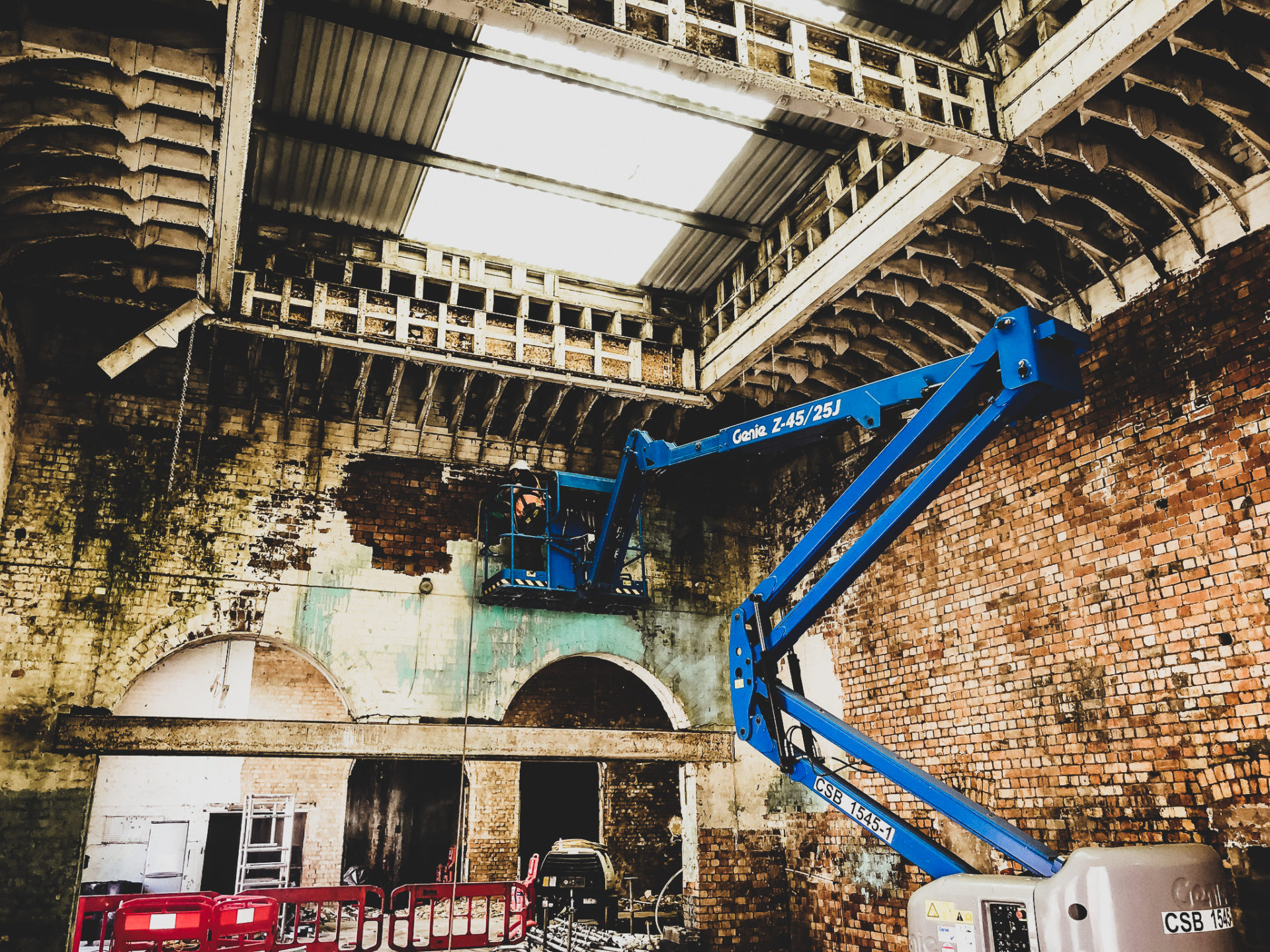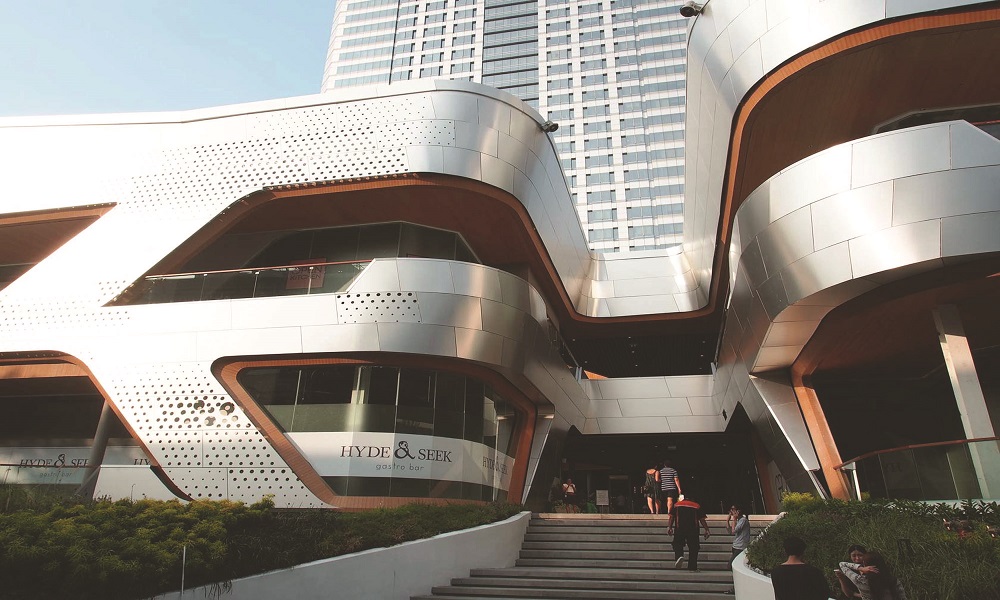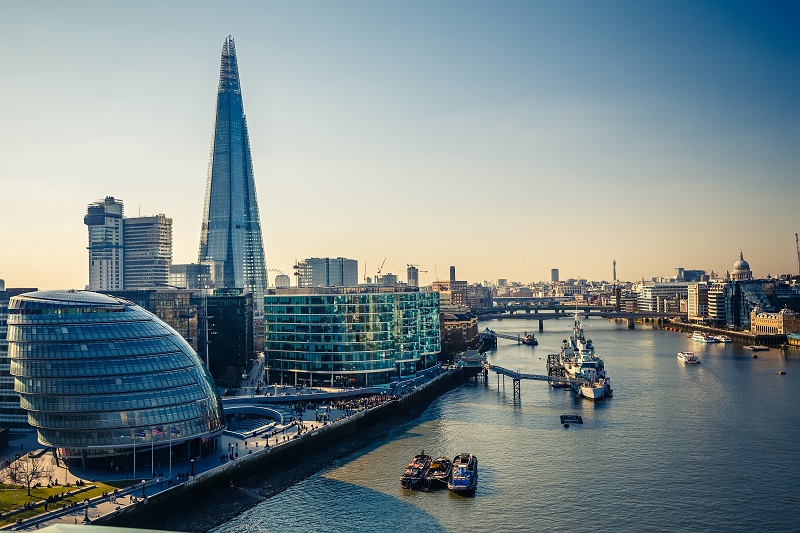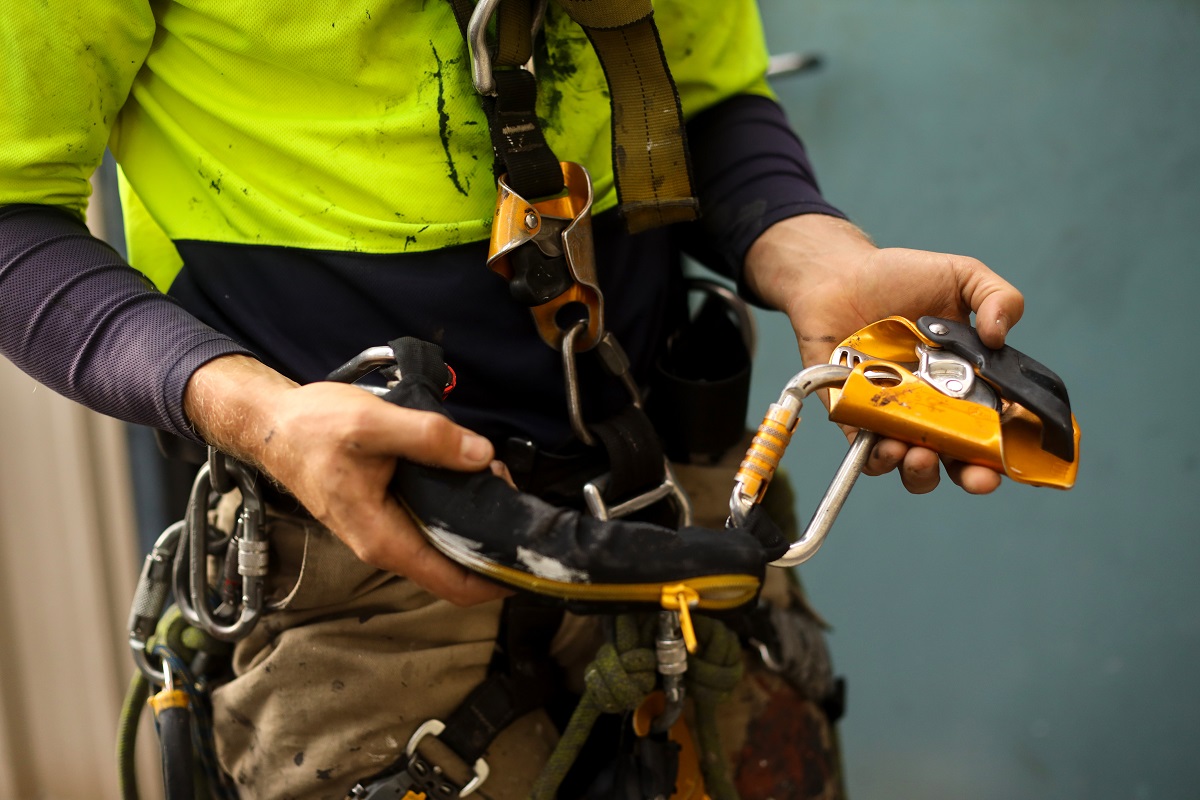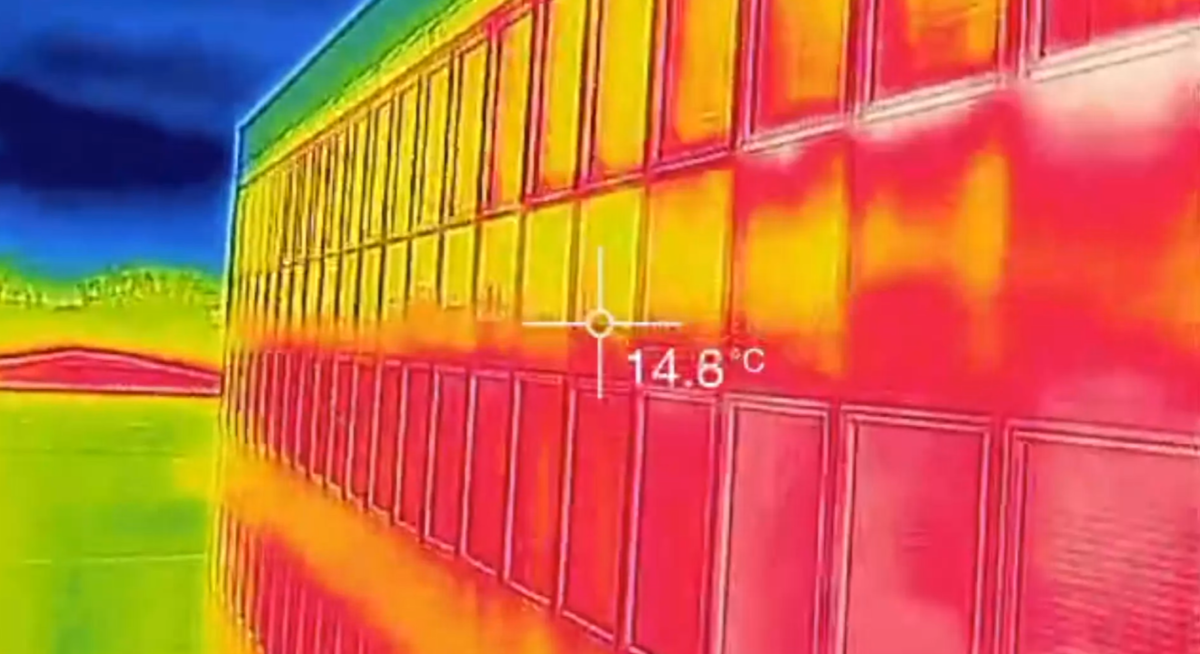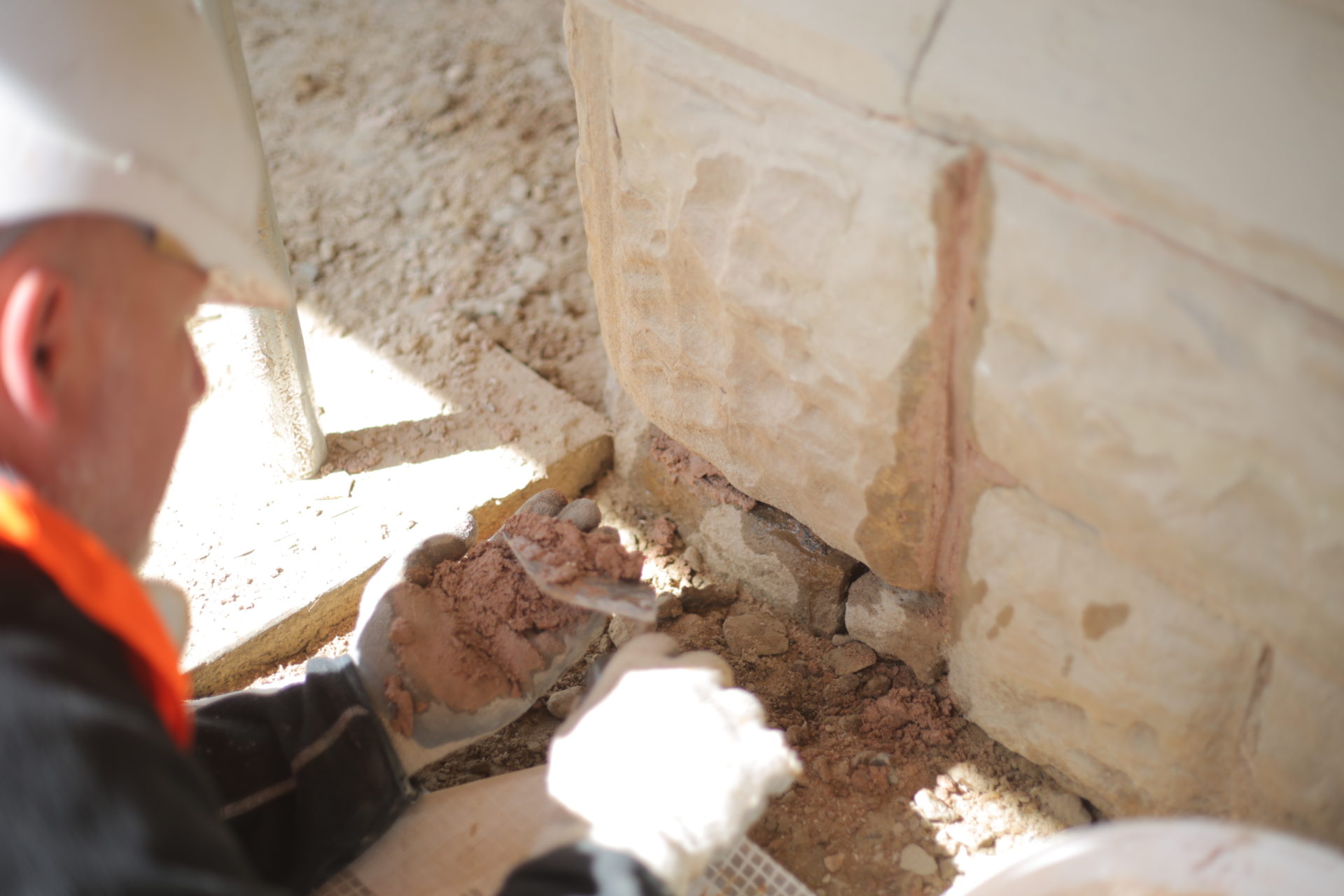Deterioration and decay of bricks is a major potential concern for the safety of integrity of a building. The older the building is, the more important it is to understand, plan and prevent different signs such as brick decay, damage and spalling. Understanding the causes of these signs is just a beginning but a very important step in ensuring the longevity of your building envelope.
Restoration of bricks is possible in the majority of the cases; however, understanding the causes is key. Following are the important signs to look out for to protect your building for the long haul and prevent brick decay.
Substandard bricks and workmanship
Poor quality maintenance systems and restoration are usually the biggest culprits of brick damage and decay. It is essential to ensure that the work being carried out is done with high-quality materials and not replaced with cheaper alternatives, which can have devastating consequences on the structural integrity of your building. With regard to workmanship, bricks that are improperly put in place will lead to an accelerated rate of decay and damage.
Painting brick façades
Painting the brick façade seems like an obvious, simple and cost-effective solution to the decay and weathering of bricks. Painting indeed brings a fresher look to your building, but the effect is temporary. With exposure to natural elements such as winds, rain and sun, the paintwork will begin to crack and peel which will only worsen the existing problem and will require paint removal services to restore your building to its original look. It is important to note that painted brickwork tends to decline visually, making the building look tired and neglected. The restoration of a painted building to its original condition is a difficult process, involving a massive expenditure of important resources, including time and money. If incorrect procedures are used in paint removal, it only causes further damage to the building.
Moisture/Water Ingress
Moisture and bricks are never a good combination. Water ingress is a direct contributor to brick decay and spalling in a variety of ways. Rainwater that is in contact with the surface of the brick for a sustained period will result in gradual degradation. Blocked gutters and drainage systems will also lead to ponding of water, leading to leaks. If the leaks are not addressed on time, the water will drip and spill due to overflow. Spillage from the roof will adversely affect important elements such as the chimney, brickwork and walls. Visible signs of erosion appear which may only become prominent with time.
Corrosive metal components
Metal components on buildings include rainwater systems. It is best practice to have non-ferrous components. However, if they are ferrous, it is necessary to ensure they are clean and dry. Poor maintenance systems will lead to a build-up of moisture and corrosion. Furthermore, the corrosive components affect the rate of flow of water in the gutter systems which may lead to leaks and staining on the façades.
Incorrect cleaning procedure
While high-pressure cleaning is an effective method of removing staining and dirt, they are not suited to all types of buildings. Different types of bricks do react favourably to high-pressure cleaning, which is why special consideration should be given to the materials used in the building. Historical and listed buildings require a sympathetic and sensitive approach/method. Sensitive cleaning solutions such as steam cleaning are better suited to such buildings as they provide better results without damaging the brickwork of the building.
Usage of non-breathable sealants
Like painting, sealants are presented as another simple and cost-effective form of repair. They are advertised as being a quick solution to prevent water ingress in masonry, but the results are sub-par if incorrect sealants are used. Bricks naturally absorb and release moisture through their pores. The process, however, is greatly diminished when a sealant is used. Sealants prevent the bricks from breathing, which results in moisture becoming trapped. Trapped moisture continues to harm the structural integrity of the building and may lead to severe consequences in the long run. To prevent this from happening, it is better to use breathable sealants.
Pollution and organic growth
Buildings that are located in busier areas are exposed to deposits from natural and man-made pollutants. Avoiding the airborne particles of pollution carried by the atmosphere is impossible, and they may attach to the façades of the brickwork. Corrosive gases coupled with acid rain also have a sharp impact on the life of bricks.
Plants such as ivy are also responsible for causing dampness problems and disturbing the rainwater systems. Furthermore, they may even cause structural damage affecting walls, foundations and roofs. Severe water penetration may cause extensive damage to the bricks. Similarly, other types of organic growth may also harm the building. Notable examples include algae, moss and lichens. Before clearing them off the building it is important to be aware of the sensitivity of the buildings and use methods which are most appropriate to the material type.
Protecting your brickwork from decay
Brick maintenance and restoration can be a long and arduous process for many buildings which may be avoided if proper care and attention are given to roofs and façades. At Building Transformation, we work with minimal intervention by utilising methods and techniques which are aligned with the history, requirements and performance of the building. By providing technical information, best practice guidance and targeted advice, we support repairs and restoration of buildings with seamless solutions for all types of property.
Get in touch to discuss your next project.

